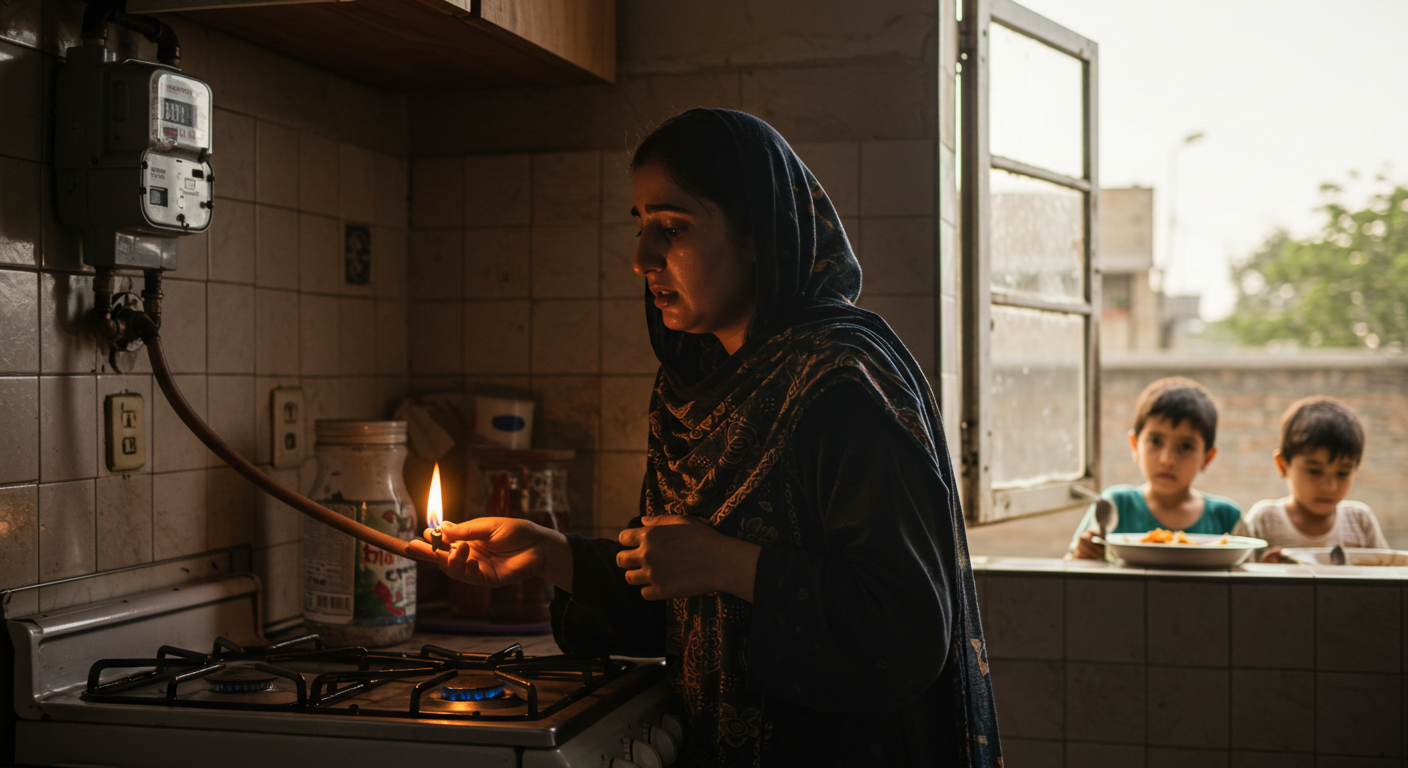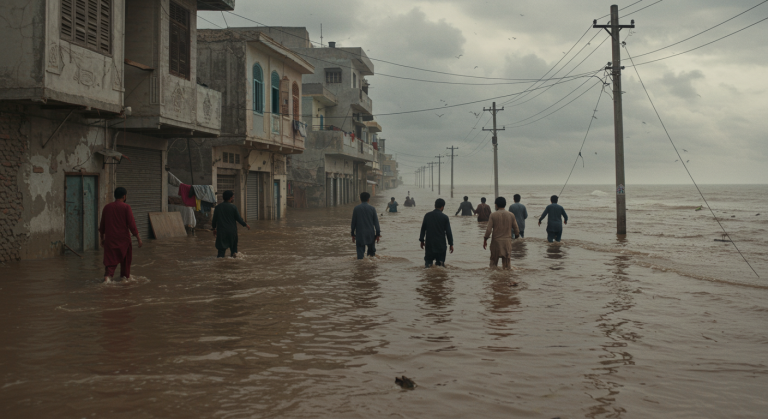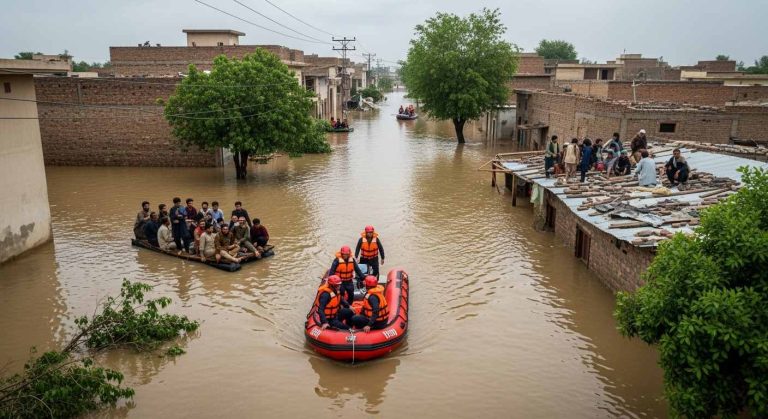“From Heatwaves to Cold Stoves: Unexpected Summer Gas Outages Trouble Pakistanis”

As Pakistan battles one of the most intense heatwaves in years, widespread gas load shedding is wreaking havoc across urban and rural areas. Citizens find themselves scrambling as domestic and industrial consumers face severe shortages, even during peak demand hours.
The Crisis Explained
Recent supply-management policies are straining gas infrastructure across the nation:
- To manage supply pressures, SNGPL in the north and SSGC in the south have introduced scheduled gas outages across various regions. In regions like Quetta, gas is now available only from 5:00 AM to 10:00 PM, with nighttime cuts becoming routine.
- During Ramazan, desperate households in Karachi, Rawalpindi, and Islamabad repeatedly complained of gas failures during Sehri and Iftar—despite top-level government directives to ensure reliable supply.
Political Response & Province-Level Tensions
- In January 2025, the Sindh Assembly demanded an immediate halt to gas load shedding, calling it unconstitutional given that Sindh produces over 60% of Pakistan’s gas but still sees consistent supply disruptions.
- Meanwhile, SNGPL leadership warned the Senate committee that only 45% of gas consumption is met through domestic production, with the rest reliant on imported LNG. They said ensuring consistent gas flow without raising tariffs is increasingly untenable.
Supply Dynamics & Economic Strain
- Pakistan currently faces a surplus of imported LNG, stemming from reduced demand due to sluggish industrial activity and cheaper alternatives like solar power. Rather than being consumed, multiple LNG deliveries are being deferred or examined for resale—posing strains on both foreign contracts and domestic gas producers.
- Over 3.5 million gas connection applications remain pending due to a 2009 moratorium. The government is now considering lifting the ban as a way to distribute excess supply—allowing new residential and industrial connections to ease infrastructure pressure.
How It Impacts Daily Life
City dwellers and suburban residents face such hardships:
- Limited cooking hours based on gas availability force households to rush meal preparations into short windows.
- In rural areas, women rely on inefficient substitutes like gas cylinders, which are pricier and difficult to procure.
- Industries dependent on gas either reduce production or shut down temporarily, escalating unemployment and economic strain.
What’s Next?
SNGPL has teased the possibility of modest tariff hikes to sustain uninterrupted gas flow—though this would further strain already burdened consumers.
Federal officials are negotiating to renegotiate contracts with QatarEnergy next year to ease the imported LNG burden. However, contract-bound clauses make LNG resales or deferments legally complex and time-consuming.
Summary Table
| Issue | Current Status |
|---|---|
| Load-Shedding Hours | Gas now cut from ~10 pm to 5 am in many cities |
| Provincial Discontent | Sindh protests loss of local gas despite being major producer |
| Supply Imbalance | LNG surplus sits unused; domestic production trimmed |
| Connection Backlog | 3.5M+ pending; ban potentially to be lifted |
| Consumer Impact | Difficult cooking hours; disruptions for businesses |
| Policy Response | Contract renegotiations, possible price hikes, infrastructure reforms |
Final Takeaway
As Pakistan endures a punishing heatwave in summer 2025, gas load shedding has emerged as yet another challenge. Kitchen fires burn cold and industries grind to a halt. Until policy shifts or infrastructure investments are made, millions risk entering a prolonged period of energy scarcity—and households remain caught helplessly between scorching temperatures and supply blackouts.



